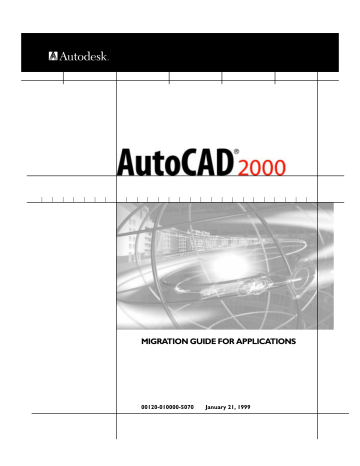

- #Export the linetype file autocad 2008 update
- #Export the linetype file autocad 2008 software
- #Export the linetype file autocad 2008 free
#Export the linetype file autocad 2008 free
#Export the linetype file autocad 2008 update
This was submitted as a support request earlier in the year and the last update I received mentioned that the issue was reproduced and submitted to the development team. This forces users to export including xrefs then manually bind them. When exporting sheets containing multiple views with various scales, without using the xref option the linetype scale will only be correct for a given scale. The current workaround forces users to manually correct each file. It is crucial that projects have the ability to map elements to specific layers, removing any Revit filter graphic overrides, while retaining the dimensional overrides. dwg format (which is often required for government record drawings) user can not export using the "All properties BYLAYER, no overrides" or "ALL properties BYLAYER, new layers for overrides" settings as both of these settings will remove dimensional text overrides along with dimensional leader locations. Thanks for another informative post! I would like to expand on this to include a known limitation that can be extremely frustrating when selecting the second and third options:
#Export the linetype file autocad 2008 software
Dwg files are really just a common format that lets other firms that are not using Revit interact with the project using their own software choice. Consider the goal really isn't for a Revit project to end up as dwg files. Rather than driving Revit to create better and better exports I'd prefer that AutoCAD got smarter about extracting what it wants from a Revit model. There is an expectation that it does.but it does not. This means changing the dwg file of a partial plan is not really changing any other information in any other dwg files. You get a sheet file referencing a model file that is the literal export of what was visible in the partial view in Revit.

If you export the same kind of information from Revit you don't get the same configuration. The partial views are showing some of the same overall floor plan file and the viewport is adjusted for the correct scale and location. Partial plans are derived by using a sheet file that has the overall plan as a external reference (xref). One practical example, AutoCAD users will usually create an overall floor plan file for each floor of the building. I know a few words but a native speaker will catch me in the lie pretty quick. Kind of like me claiming to speak Spanish. It does a really good job of getting close. The resulting files are not created the way a native AutoCAD user would create them. Not to make files that a native AutoCAD user could just continue to work on as if they started the work themselves. It was never really intended to be a better way to make dwg files. To digress a bit further, it is important to understand that the intended purpose for exporting to dwg is to create files that can be used as a background for other trades.

We usually chose Option 3.I still prefer it. The solution gave us an option that worked, for us at least. Not the solution but that we experienced these kinds of layer issues. I'm sure others echoed our desires but the result nearly matches what we expressed then. One result of that phone call with David was these three options I just wrote about. He affectionately dubbed it "Revit DWG Fixer". We even had our in-house programmer and cad manager in Honolulu, Danny Polkinhorn, create a clever little application to redress the dwg files after they were exported from Revit. We had just been through a fairly harrowing experience getting dwg files just so for an overseas client that was going to take over the project for construction documents. I remember a few years back (late 2004 or early 2005) when Jim Balding, my boss when I worked with WATG, and I were on a conference call with David Conant (Autodesk Revit Product Designer) for a couple hours discussing exporting to DWG.

If you are still with me, a little reminiscing.


 0 kommentar(er)
0 kommentar(er)
